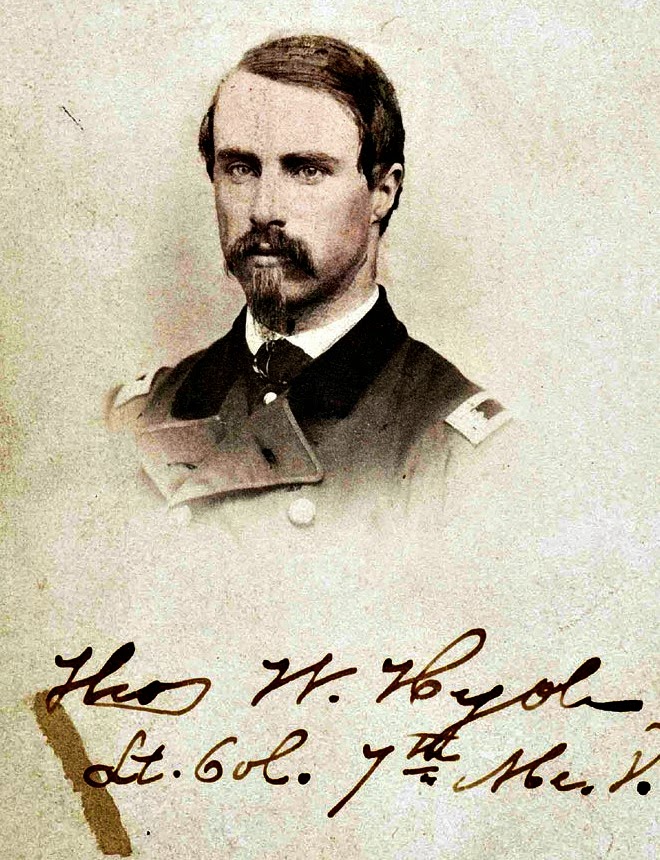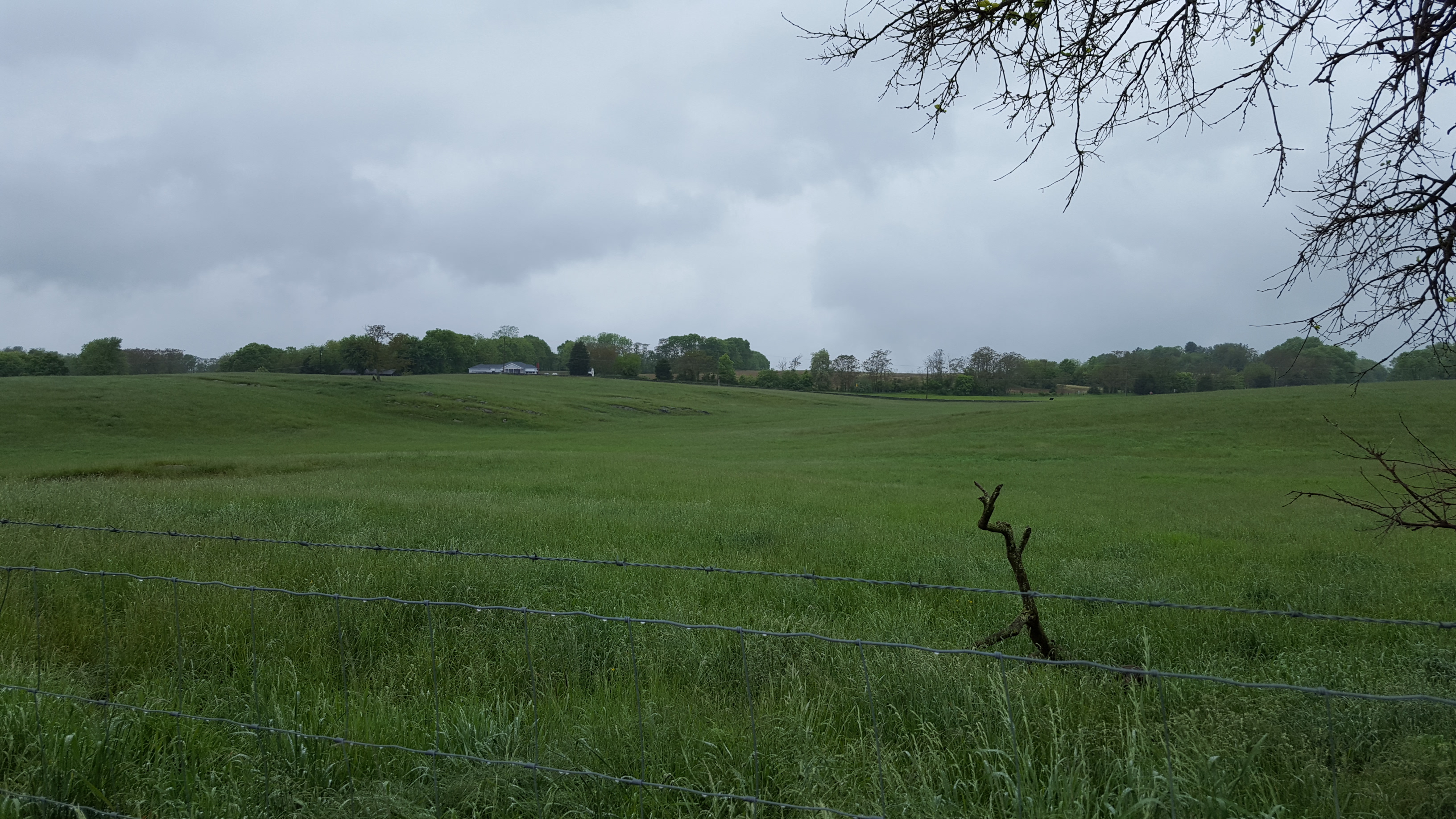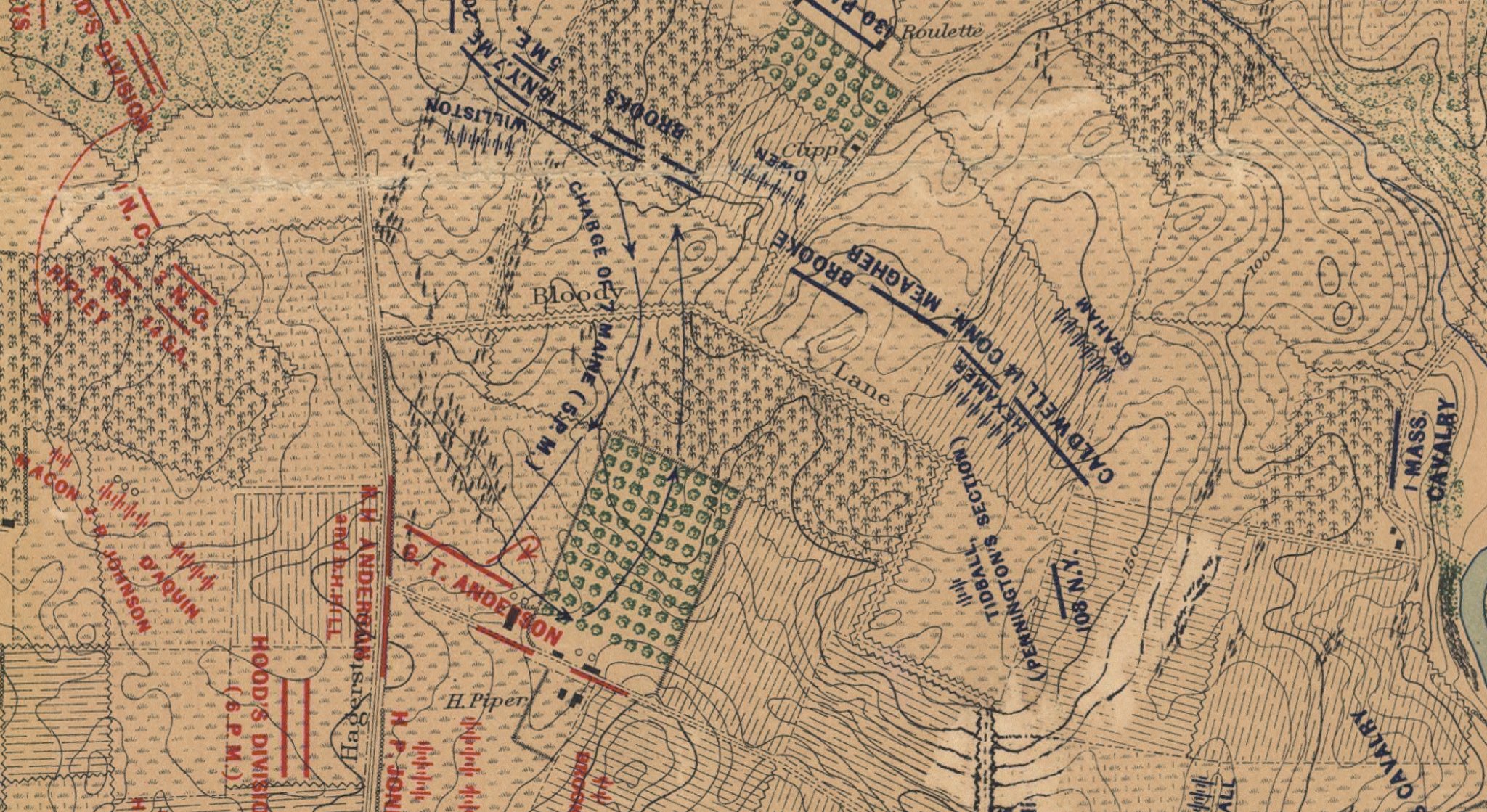“Their Balaklava”
There are some stories, no matter how heroic, that just do not fit into the standard interpretation of a battle. Take, for instance, the story of the 7th Maine at Antietam. They arrived on the northern end of the battlefield well after the major fighting ended in David Miller’s Cornfield and in the West Woods, while the sparring at the Sunken Road had less than one hour until it was played out.
The Mainers, under the command of twenty-one year old Thomas Hyde, reached the area around today’s Visitor Center at 1:00 p.m. on September 17 as part of William Franklin’s 6th Corps. There, for several hours, they “hugged the ground” to avoid the iron flying over their heads between opposing cannoneers. Nearing 5:00 p.m., Thomas Hyde later recalled that he and his men were expecting to see men in blue arriving to relive them soon, “little knowing that in a few minutes more the 7th Maine were to find their Balaklava [sic].”

Balaclava–the immortal battle fought in the Crimean War forever remembered for the charge of Lord Cardigan’s brigade of light British cavalry, known forever as simply the Light Brigade. This charge became memorialized by Alfred, Lord Tennyson in his poem “The Charge of the Light Brigade.” Cardigan’s 670 horsemen dashed into “the valley of Death,” as Tennyson called it. “Plunged in the battery-smoke, Right through the line they broke.” The Light Brigade had pierced the Russian lines but were soon turned back. In twenty minutes, the Light Brigade returned to its lines with 195 men and horses suited for combat. The charge was mired in controversy, but the Light Brigade had ridden into eternity.
So much passed through Thomas Hyde’s mind at the time that he may not have thought about what his men were about to do in comparison with the British Light Brigade when his superior, William H. Irwin, approached him and instructed the Mainers to charge into the Piper Farm in front of them and eliminate the harassing enemy sharpshooters. Hyde told Irwin he counted two brigades of the enemy in that vicinity. This was no place for his 181 men to attack alone. “Are you afraid to go, sir?” Irwin questioned. Resigned to the orders given them, Hyde and his men plunged into their “valley of Death.”

The results were much the same. Hyde’s men were not supported, and they endured a withering crossfire amidst deadly terrain, with Confederates on the high ground hitting them on front and flank. It was over in thirty minutes. Only 86 men, less than 50% of those who started, reached their jump off position and the Confederates still held the Piper Farm. Hyde cried himself to sleep that night with the vivid memories of what he saw replaying through his head. The 7th Maine found their Balaclava.

This futile charge may have been the prominent moment of the Mainers’ war service, but they have never received the notoriety of Cardigan’s soldiers. It was their Balaclava, but it was not the American Civil War’s, nor was it Antietam’s, which brings up an interesting thought.
How do we remember stories like those of the 7th Maine, those that cut against the grain and do not fit into the standard, cookie cutter interpretations of our battles and our wars? How do we resurrect stories of heroism (Thomas Hyde later received the Medal of Honor for his heroics on September 17) that seem out of place? The Mainers’s attack took place four hours after the fighting around the Piper Farm is supposed to have ended in the minds of nearly every visitor to the battlefield. How do we, as historians, change or expand the narrative to fit in stories like this, and make Hyde’s statement true? How can we make Antietam the 7th Maine’s Balaclava, and remember a unit that does not receive almost any interpretation at the battlefield? As historians, we commemorate, remember, and memorialize, and no story should be left out. What would you do to interpret an event like the 7th Maine’s charge?
When can their glory fade?
O the wild charge they made!
All the world wondered.
Honour the charge they made.
Honour the Light Brigade,
Noble six hundred!
Thanks for this report of the 7th Maine. How many other smaller battles existed in other major battles. Each is important! A life is a life! And courage comes in all sizes. It should help us remember all the men who gave “their last full measure”! And it’s meaning increases as we come upon another Memorial Day.
Please remember all veterans this Memorial Day. If possible, when you are visiting a cemetery this Memorial Day, please stop at the grave of a veteran of the American Civil War and give that soldier a moment of remembrance. Your time there with him is a way of showing him that his service and sacrifices have not been forgotten.
Huzzah for them all!